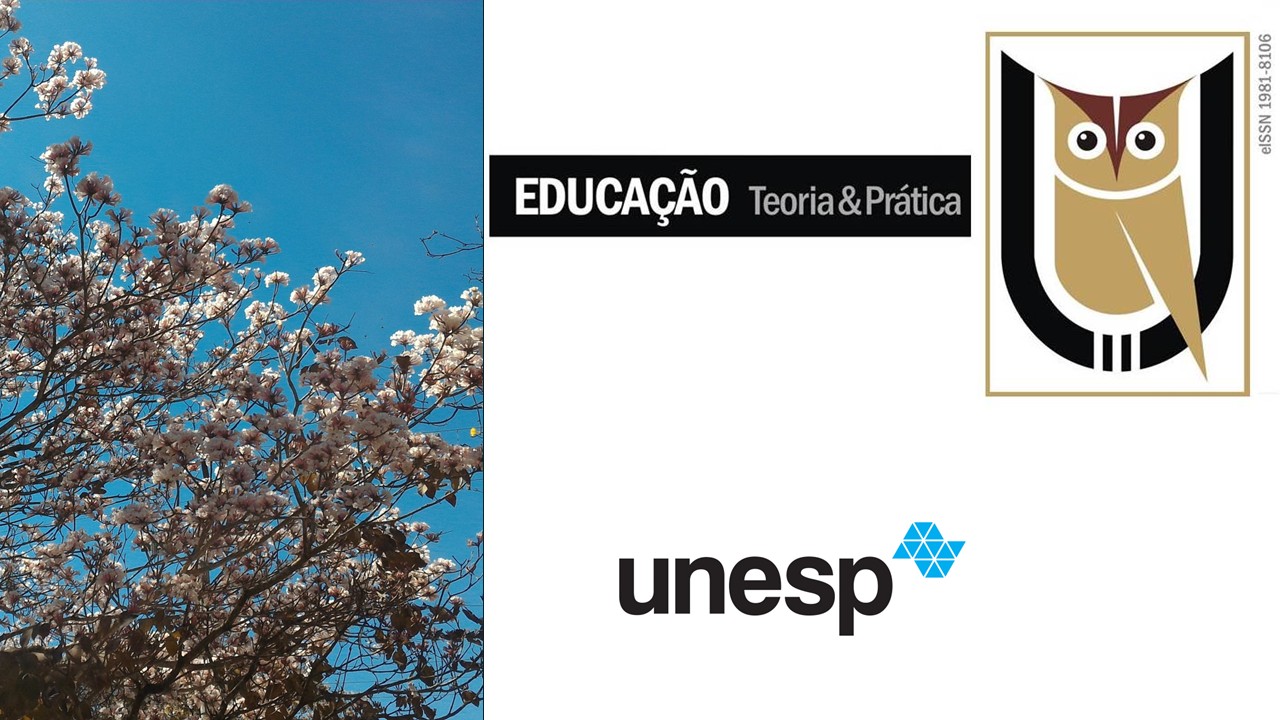Viral cartographies and fake maps on social media platforms
DOI:
https://doi.org/10.18675/1981-8106.v33.n.66.s17323Palavras-chave:
Maps on the Internet. Viral Cartographies. Social Media. Fake News.Resumo
The Internet and social media have made a considerable contribution to the accelerated circulation and diffusion of information. News about people, things, and events frequently spread rapidly without a verification of their truthfulness and open space for fake news and “alternative facts”. This also refers to maps that are posted on platforms like Twitter, Facebook, and Instagram and frequently draw the attention of users and provoke reactions. In this context, the aim of this paper is to discuss maps posted on the Internet in post-truth times and in the light of a critical reading of reality. The paper discusses characteristics of these viral cartographies and fake maps and analyzes maps uploaded to and spread by cartography-themed online platforms. These examples show the reactivity of maps as arguments and ways of world-making that go far beyond the mere graphic representation of a theme or fact, that merge with political worldviews, moral values and cultural prejudice, and require new methodologies for map studies.
Referências
BALLATORE A. Defacing the map: cartographic vandalism in the digital commons, The Cartographic Journal, v. 51, n. 3, p. 214-224, 2014.
BRETTSCHNEIDER, B. Lessons from posting a fake map. 2018. Disponível em: https://www.forbes.com/sites/brianbrettschneider/2018/11/23/lessons-from-posting-a-fake-map/. Acesso em: 1º nov. 2022.
CRAMPTON, J. Cartography: maps 2.0. Progress in Human Geography v. 33, n. 1, p. 91-100, 2009.
EVON, D. Does map of missing persons in U.S. match up with cave systems? 2020. Disponível em: https://www.snopes.com/fact-check/missing-persons-cave-maps/. Acesso em: 30 out 2022.
GARTNER, G. Web mapping 2.0. In: PERKINS, C.; DODGE, M; KITCHIN, R. (org.) Rethinking maps. New frontiers in cartographic theory. London: Routledge, 2007, p. 68-82.
GILLASPIE, T. Judgmental maps. Your city. Judged. New York: Flatiron Books, 2016.
HARLEY, J. B. Deconstructing the map. Cartographica, v. 26, n. 1, p. 1-20, 1989.
HARLEY, J. B. Maps, knowledge and power. In: COSGROVE, D.; DANIELS, S. (org.) The iconography of landscape. Cambridge: Cambridge University Press, 1988, p. 277-312.
JACOBS, F. Strange maps. An atlas of cartographic curiosities. New York: Viking Studio, 2009.
JUHÁSZ, L.; NOVACK, T.; HOCHMAIR, H.H.; QIAO, S. Cartographic vandalism in the era of location-based games - the case of OpenStreetMap and Pokémon GO. ISPRS - International Journal of Geo-Information, v. 9, n. 197, p. 1-20, 2020.
KENT, A. Trust me, I’m a cartographer: post-truth and the problem of acritical cartography. The Cartographic Journal, v. 54, n. 3, p. 193-95, 2017.
KITCHIN, R.; DODGE, M. Rethinking maps. Progress in Human Geography, v. 31, n. 3, p. 331-344, 2007.
MARKHAM, B. West with the night. Boston: Houghton Mifflin Company, 1942.
MCCORD, H. Maps. Poems toward an iconography of the West. Santa Cruz, CA: Kayak Books.
MONMONIER, M. How to lie with maps. 3. ed. Chicago: University of Chicago Press, 2018.
MUEHLENHAUS, I. Going viral: The look of online persuasive maps. Cartographica, v. 49, n. 1, p. 18-34, 2014.
PERKINS, C. Community mapping. The Journal of Cartography, v. 44, n. 2, p. 127-137, 2007.
PERKINS, C.; DODGE, M; KITCHIN, R. (org.) Rethinking maps. New frontiers in cartographic theory. London: Routledge, 2007.
PICKLES, J. A history of spaces: cartographic reason, mapping, and the geo-coded world. London: Routledge, 2004
ROBINSON, A. Elements of viral cartography. Cartography and Geographic Information Science, v. 46, n. 4, p. 293-310, 2019.
SEEMANN, J. Facebook cartographies and the mapping of local history: storied maps from the American Middletown. In: VANNIEUWENHUYZE, B.; SEGAL (org.) Motion in maps - maps in motion. Mapping stories through movement and time. Amsterdam: Amsterdam University Press, 2020, p. 153-176.
SHANNON, J.; WALKER, K.E. Ventures into viral cartography: Waffle House, educational attainment, and the social life of maps. The Professional Geographer, v. 72, n. 1, p. 66-77, 2020.
SHVILI, J. 10 Countries without universal healthcare. Disponível em: https://www.worldatlas.com/articles/10-notable-countries-that-are-still-without-universal-healthcare.html. 2020. Acesso em: 1º nov. 2022.
SINGH, I. Virality in cartography: What makes a map go viral? 2022. Disponível em: https://geoawesomeness.com/viral-cartography-what-makes-map-go-viral/. Acesso em: 31 out. 2022.
STATISTA. Most popular social networks worldwide as of January 2022, ranked by number of monthly active users. 2022a. Disponível em: https://www.statista.com/statistics/272014/global-social-networks-ranked-by-number-of-users/. Acesso em: 31 out. 2022.
STATISTA. Number of Twitter users worldwide from 2019 to 2024. 2022b. Disponível em: https://www.statista.com/statistics/303681/twitter-users-worldwide/. Acesso em: 31 out. 2022.
SZYMBORSKA, W. Map. Collected and last poems. New York/Boston: Mariner Books, 2016.
TYNER, J. A. Persuasive cartography. Journal of Geography, v. 81, n. 4, p. 140-44, 1982.
WARDLE, C. Fake news. It's complicated. 2017. Disponível em: https://medium.com/1st-draft/fake-news-its-complicated-d0f773766c79. Acesso em: 31 out. 2022.
WOOD, D. Rethinking the power of maps. New York: Guilford Press, 2010.
Downloads
Publicado
Como Citar
Edição
Seção
Licença
Os Autores que publicam nessa revista concordam com os seguintes termos:
a) Os autores cedem os direitos autorais à revista, com o trabalho simultaneamente licenciado sob a Creative Commons Attribution License que permite o compartilhamento do trabalho com reconhecimento da sua autoria e publicação nesta revista.
b) A política adotada pela Comissão Editorial é a de ceder os direitos autorais somente após um período de 30 meses da data de publicação do artigo. Transcorrido esse tempo, os autores interessados em publicar o mesmo texto em outra obra devem encaminhar uma carta à Comissão Editorial solicitando a liberação de cessão dos direitos autorais e aguardar resposta.
c) Esta revista proporciona acesso público a todo o seu conteúdo, uma vez que isso permite uma maior visibilidade e alcance dos artigos e resenhas publicados. Para maiores informações sobre esta abordagem, visite Public Knowledge Project, projeto que desenvolveu este sistema para melhorar a qualidade acadêmica e pública da pesquisa, distribuindo o OJS assim como outros softwares de apoio ao sistema de publicação de acesso público a fontes acadêmicas. Os nomes e endereços de e-mail neste site serão usados exclusivamente para os propósitos da revista, não estando disponíveis para outros fins. This journal provides open any other party  Esta obra está licenciada sob uma Licença Creative Commons
Esta obra está licenciada sob uma Licença Creative Commons












